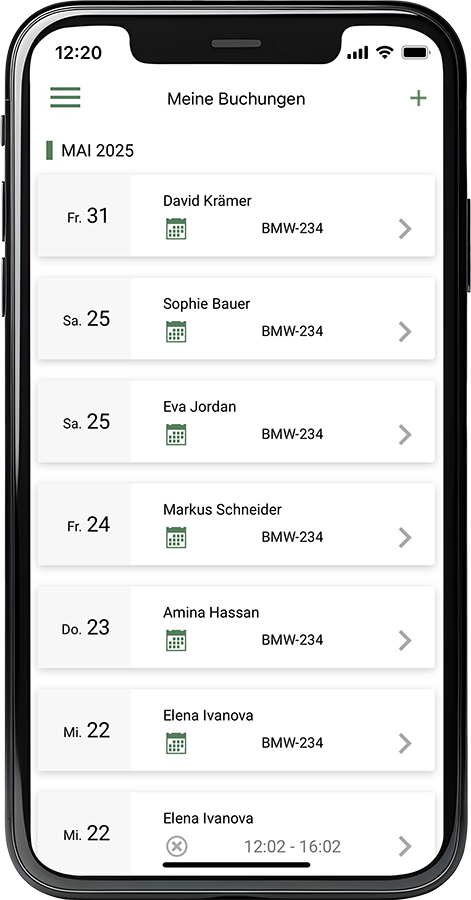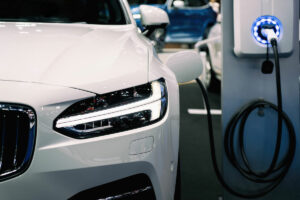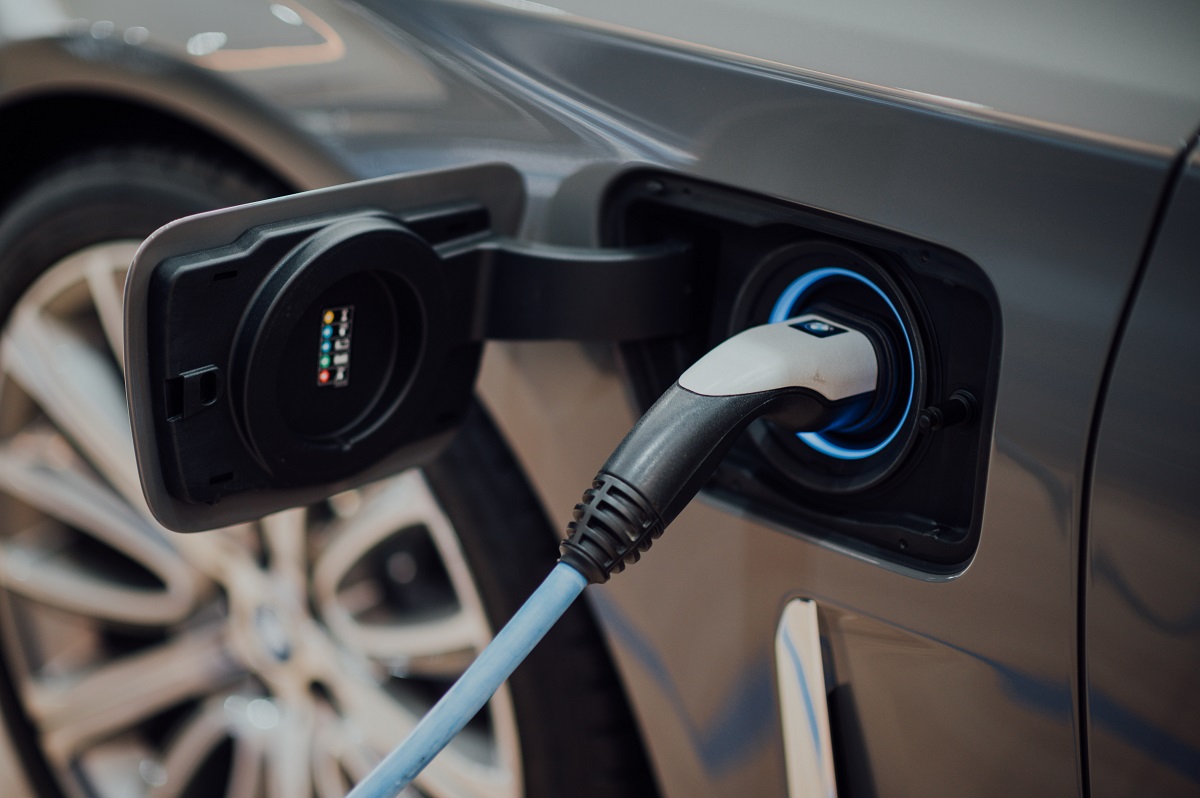Are you facing the challenge of making your fleet greener by integrating electric vehicles in times of growing environmental awareness? Would your company like to take advantage of the many benefits of e-mobility in your fleet, but are still unsure how to make the transition successfully? In this blog article, we will give you practical tips and advice on how you can easily integrate e-mobility into your fleet. From analyzing your vehicle requirements and setting up the right charging infrastructure to adapting your car policy and training your drivers – we have summarized all the important steps for the transition to a more sustainable and future-oriented fleet for you.
Contents
Analysis of the need for electric vehicles in the fleet
Analyzing your company’s current vehicle requirements plays a crucial role in integrating electric vehicles into your fleet. It is important to have a clear overview of what kind of vehicles you need for your business and for what purposes they are used. A thorough analysis by fleet management can help you find out which vehicles in your fleet can potentially be replaced by e-cars. Perhaps it is the cars for field service or the delivery vans for inner-city traffic that are particularly suitable for a switch to e-vehicles. By precisely analyzing your vehicle requirements, you can make informed decisions about electromobility and pave the way for an environmentally friendly fleet.
Cost and benefit analysis for e-mobility in the vehicle fleet
You should then carry out a detailed cost and benefit analysis in order to make a sound assessment of the economic impact of integrating electric vehicles into the fleet. The aim is to analyze the economic impact of the switch to electromobility for your company and to make well-founded decisions. Both the acquisition costs and the operating costs should be taken into account.
When comparing the purchase costs, it makes sense to compare the price of electric vehicles with similar conventional vehicles. Government subsidies and tax benefits can also play a role here, as they can reduce the purchase costs. It is therefore worth finding out about the available subsidy programs and including them in the cost analysis.
The operating costs must also be carefully calculated. Electric vehicles generally have lower energy costs compared to conventional vehicles, as electricity is cheaper than fuel. In addition, electric vehicles generally require less maintenance as they have fewer moving parts. A thorough analysis of these factors will enable you to recognize the long-term savings of using electric vehicles in your business.

Plan and set up charging infrastructure for e-mobility in the vehicle fleet
In order for electric cars to be used optimally in the vehicle fleet, it is absolutely essential to set up a well-planned charging infrastructure (LIS) in advance. To do this, follow these three steps:
- Determine charging requirements: The first step is to determine the charging requirements in the fleet: How many vehicles are likely to be charged at the same time? What charging capacities and charging power are required to supply the vehicles efficiently? What routes and charging behavior of the vehicles can be expected?
- Planning locations:
Selecting locations for charging stations in the company is another important step. The stations should be easily accessible and centrally located, both at the company headquarters and at other relevant locations where the electric cars in the fleet are regularly used. In fleet management, you can ensure that your e-cars can be charged efficiently without your drivers having to travel unnecessarily long distances. - Determine the type of charging stations: There are different types of charging stations, such as wallboxes, fast charging stations or AC charging stations. The choice of the right type depends on your vehicle fleet and individual requirements. Fast charging stations are suitable for vehicles with larger batteries and high mileage, for example, while wallboxes can be sufficient for daily charging requirements. Wallboxes can also be installed at the driver’s place of residence under certain circumstances. Remember to adapt the charging power of the charging points to the requirements of your electric vehicles to ensure efficient charging and optimal use.
Adaptation of the car policy for e-cars in the fleet
To successfully integrate electromobility into your fleet, you should adapt your company’s own car policy accordingly. With clear guidelines on the use of electric vehicles, you can ensure that their use runs smoothly.
The adaptation of the car policy for e-vehicles includes, for example, defining which types of electric vehicles are permitted and under which conditions they can be used. This also includes information on where and how the electric vehicles can be charged. These clear guidelines ensure that every electric car in the fleet is used efficiently and that all employees are informed about the relevant regulations.
Finally, when it comes to electromobility, companies should define an exclusion of liability for drivers. This can take the form of a written agreement in which the drivers are obliged to charge the fleet’s electric vehicles properly and to follow all safety instructions. This can minimize potential liability risks. In the worst case scenario, the company could be held liable for fires caused by a short circuit due to incorrect use during the charging process at the home charging station, for example.
Driver training and regular courses on all aspects of electric cars
To ensure the smooth use of electric cars in the fleet, it is crucial to train your drivers in the special features of electric mobility and electric cars. Safety aspects are the main focus here.
Driver training and regular training courses for electric cars ensure that your employees understand and master the safe handling of high-voltage batteries and electric drive systems. They are also given the knowledge they need to quickly recognize potentially dangerous situations and react immediately and appropriately. This also includes behavior in the event of accidents or emergencies.
Training drivers in the use of electric vehicles can help them to use the vehicles in the fleet more efficiently. This includes understanding range, charging behavior and the effects of different driving modes on battery performance. Drivers who use their vehicles efficiently can maximize range and optimize battery life.
Finally, training drivers in the correct use of the charging infrastructure is also important in order to make optimum use of the electric vehicles. This includes charging at different types of charging stations, understanding charging times and charging speeds, and connecting and disconnecting the charging cable correctly. Drivers should also be informed about how they can make the best possible use of the charging infrastructure in their own fleet.

Driver training for electric vehicles
In the Fleethouse e-learning course, drivers are also trained in the safe handling and special features of electric vehicles.
The most important facts about e-mobility in the fleet at a glance
The integration of electric cars into the vehicle fleet requires a thorough analysis of current vehicle requirements and an assessment of the economic impact.
A suitable charging infrastructure is crucial for efficiently charging electric vehicles in the fleet. The locations of the stations for the fleet should be chosen strategically and the charging capacity adapted to the requirements of the vehicles.
The adaptation of the car policy and regular driver training are necessary to ensure the safe and optimal use of electric vehicles.
Further Fleet Knowledge
If you liked this article and would like to know more about this topic, we recommend these articles.

Car subscription for electric cars: everything you need to know



